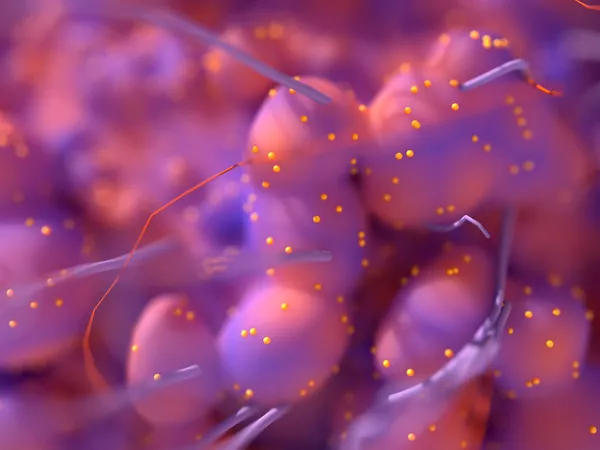EDITORIAL
Published on 20 Jan 2022
Editorial: Acute Promyelocytic Leukemia — Towards A Chemotherapy-Free Approach to Cure in All Patients
doi 10.3389/fonc.2021.831308
- 1,716 views
- 1 citation
11k
Total downloads
37k
Total views and downloads
You will be redirected to our submission process.
EDITORIAL
Published on 20 Jan 2022
ORIGINAL RESEARCH
Published on 28 Sep 2021

ORIGINAL RESEARCH
Published on 16 Jul 2021
REVIEW
Published on 18 Mar 2021

REVIEW
Published on 25 Feb 2021

MINI REVIEW
Published on 05 Feb 2021

ORIGINAL RESEARCH
Published on 25 Nov 2020

MINI REVIEW
Published on 16 Nov 2020

PERSPECTIVE
Published on 11 Nov 2020

MINI REVIEW
Published on 20 Oct 2020
MINI REVIEW
Published on 04 Aug 2020

